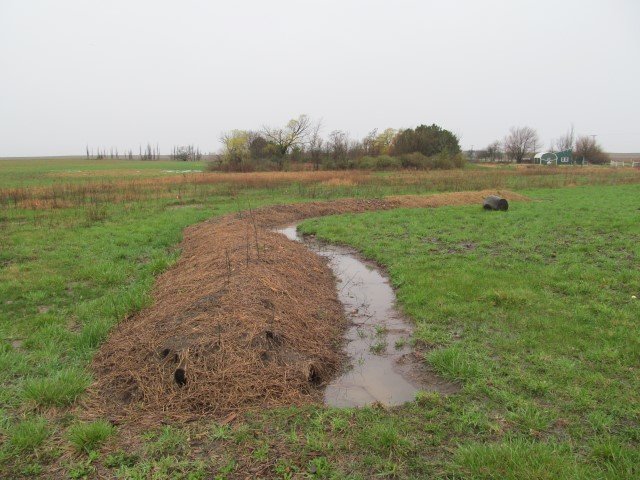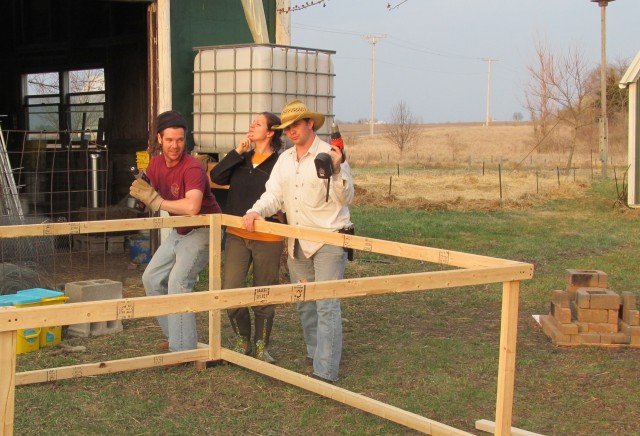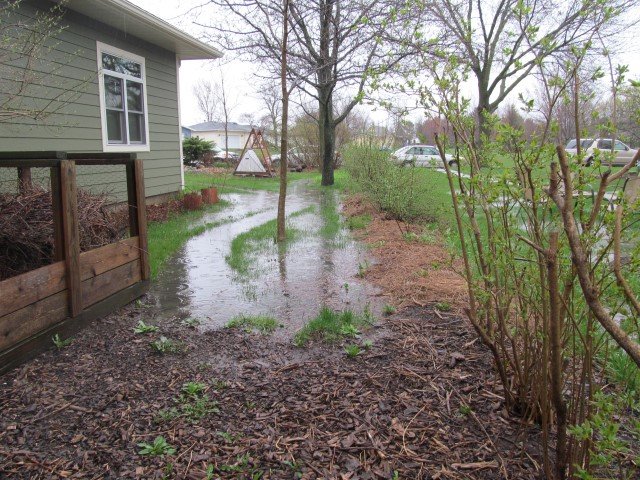Spring Rains Fill Our Earthworks Multiple Times
- Bill Wilson
While the city of Chicago was shutting down due to too much rain last week just 60 miles north of us, the swales, ponds, berms and rain gardens we have put in around our home and in Stelle did their job of filling up and holding water back from the creeks. Over several days they will slowly release that water into the water table rather than let it run down into our creeks and rivers all at once.

The water we are holding back will eventually make it to our creeks and rivers anyway, but it will do so slowly… and over a long period of time… thus trickle-feeding our creeks and rivers all year round. This is the way a normal hydrological cycle works.


Learn About our Internship Program Here

Considering that we were approaching drought conditions last summer, it feels incredibly good to be able to capture and store so much water in the soils around us. All of the trees and perennial plants with deeper roots are now secure with ample water for another year. We will only need to concern ourselves with watering our annual gardens throughout the year now.
Should you have not seen this yet, here is a simple video that explains water storage in the landscape. It is by Geoff Lawton of the Permaculture Research Institute (PRI). Our CSC Permaculture Design Project is posted on the PRI Worldwide website as it has been modeled after their Master Plan program. Thank you to Geoff and PRI for their vision and leadership.

3 thoughts on “Spring Rains Fill Our Earthworks Multiple Times”
Hi, I find your rain gardens such an inspiration. Read the post on their installation. Really good to see all the pictures of the process.
I have a question about the ground in the “ponds” and swales. It looks bare soil, but how can it be? What have you done there? I want to try something similar on my property, but I worry about being overrun with weeds.
I looked for more recent photos of the rain garden out front, but I could not find this. I would love to see what they look like now several years later.
Very glad I found your site and blog. Thanks for sharing!
Does this water offer breeding grounds for mosquitos, or does it drain quickly?
Bingo… the water typically takes 3 days to sink into the ground. The life cycle of most mosquitoes is 7-14 days. We have seen the larvae occasionally after successive rains, but the larvae usually end up drying in the sun as the water recedes.